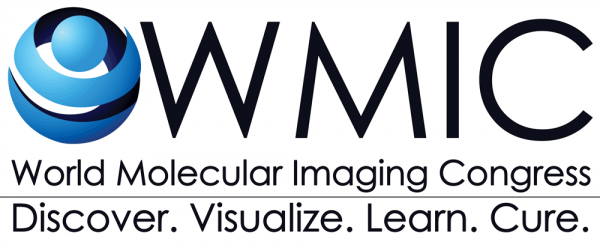Novel 89Zr based virus-labeling method for PET imaging of viral trafficking
Aditya Bansal, Mayo Clinic
Objectives: There is a growing interest in using viral based gene therapy for treating wide range of diseases. Viral based gene delivery agents for gene therapy hold tremendous promise but like drugs, a better understanding of their pharmacokinetics is critical to their advancement. This study describes a novel viral labeling approach with 89Zr (T1/2 =78.4 h) for potential PET imaging of viral biodistribution in the body.
Methods: A new viral labeling agent, 89Zr-desferrioxamine-NCS (89Zr-DBN), was synthesized. The adeno-associated serotype 2 viruses with GFP gene (AAV2-GFP) was covalently labeled with 89Zr-DBN via the reaction between the NCS group on 89Zr-DBN and primary amine groups present on capsid protein. Following labeling, the labeled viruses were purified using GE PD-10 desalting column (Sephadex G-25). The purified viral radiolabeling yield was quantified, following which cell binding and cell-infection assays were performed using 293T cells to evaluate the transfection potential of 89Zr -AAV2-GFP.
Results: The adeno-associated serotype 2 virus like AAV2-GFP was labeled with 89Zr with viral labeling yield of ~20mCi/1014 viral particles after 30 min of labeling and purification. A cell-binding assay was performed at 4°C with multiplicity of infection (MOI) = 10,000. Following 2 h of co-incubation of 2.5 X 109 89Zr -AAV2-GFP particles and 2.5 X 105 293T cells at 4°C, 7% of the 89Zr -AAV2-GFP were found to be bound to 293T cells as compared to 0.6% in control group including cells and 89Zr-hydrogen phosphate. In the cell infection assay, 89Zr -AAV2-GFP was incubated with 293T cells at 37°C for 5 days, at MOI = 2500 and 10,000. The fraction of 293T cells expressing GFP correlated with MOI of 89Zr -AAV2-GFP.
Conclusion: The adeno-associated serotype 2 virus like AAV2-GFP was successfully labeled with 89Zr-DBN. The 89Zr -AAV2-GFP particles were able to bind to 293T cells. The transfection potential of 89Zr -AAV2-GFP into 293T cells was retained which correlated changes in MOI. In principle, 89Zr-DBN can be used to label a wide variety of viruses. The major advantages of this labeling method are that the viral labeling conditions are mild and there is no need for modification of the virus before labeling.
Research Support: The work was funded by the Mayo Clinic Department of Radiology.
